
We are well aware of the fact that our vision deteriorates as we grow older, most commonly due to the natural process of wear and tear. So, today, about 80% of people suffering from some sorts of vision problems are older than 50.
Therefore, you are advised to learn as much as you can about this phenomenon and do your best to prevent vision problems from affecting you, especially once you reach older age. There is a whole plethora of eye diseases and problems which can affect you once you reach the elderly stage of life. So, learn how to avoid these in the best way possible.
Elderly are More Prone to Vision Problems
One of the most common causes of blindness among the elderly is the age-related macular degeneration, along with glaucoma, diabetic retinopathy and cataracts. All these diseases are more likely to strike people who are of older age, usually due to other health conditions they might be suffering from.
Namely, taking into consideration that more and more people are overweight and obese, all these individuals face the danger of becoming diabetic once they get older. Once you develop diabetes, vision problems are a common scenario. Moreover, most of the above mentioned conditions develop slowly, over a longer course of time, truly affecting a person only once he/she reaches old age.
Basically, the symptoms of the four most common eye problems are various. For example, people who suffer from age-related macular degeneration may experience blurred vision, central scotoma, distorted images and reading problems. On the other hand, people who develop glaucoma are bound to have their visible field blurred and decreased while those who suffer from cataracts might be exposed to floaters, poor night vision, blurry vision and loss of the visual field.
Most Common Issues with Vision Impairment
As for the above mentioned age-related macular degeneration, it strikes a person due to the degeneration of the retina, taking place due to many years of deterioration. However, this condition can be prevented or delayed through proper diet. As we all have heard many times throughout our lives, foods which are rich in carotenoids can preserve our vision health. Thus, consuming carrots, kiwi, yellow squash, peas, spinach, peas, green beans, apples, grapes, corn, orange juice, peppers, broccoli and many other healthy, natural food is the step that can prevent this condition.
Glaucoma, on the other hand, is an umbrella term which encompasses many different conditions affecting the optic nerve and damaging it, leading to the loss of visual field. Americans of African origin are the most commonly affected group of people when it comes to suffering from glaucoma in the US. In fact, over 1 million of individuals older than 65 have glaucoma, with the 75% of these people losing their sight due to this disease.
The most common form of glaucoma in the US is the open-angle glaucome, accounting for about 10% of all cases of blindness in this country. Usually, people who develop this condition suffer from hypertension and diabetes, having glaucoma and myopia present as common diseases in their families.
This condition is commonly treated with medications which decrease the pressure inside the eye. However, these drugs commonly trigger side-effects and should not be taken without the doctor's prescription.
The next on the list is cataract, leading to many forms of blindness present in the elderly around the world. Fortunately, people in the US have the medical advantages which are capable to remove cataracts at their disposal. So, the occurrence of blindness due to this disease is decreased significantly. Yet, even though less that 5% of people under the age of 65 suffer from this condition, about 50% of elderly older than 75 are likely to develop cataracts.
Medicare helps people deal with cataracts, covering for the expenses of the surgery more than a million times every year. Most commonly, the surgery becomes an option once a person cannot see well anymore. The procedure is carried out under local or topical anesthesia, being successful in more than 90% of cases. However, in less than 1% of cases, the patients may end up with glaucomas, bleeding, infections, retinal detachment, blindness and loss of vitreous.
Finally, diabetic retinopathy is the main trigger of vision loss when it comes to American citizens who are considered to belong to the middle-aged group. Since this condition is commonly related to the loss of function of the blood vessels in the optic disc, retina or the iris, these blood vessels are proliferated through surgery.
All in all, the elderly are quite prone to developing vision impairment. The most common conditions which may lead to this scenario are glaucoma, cataract, age-related macular degeneration and diabetic retinopathy. Most of these conditions can be dealt with through timely diagnosis and treatment. However, a healthy lifestyle is certainly a recommended prevention step.
So, if you notice signs of any of the vision problems mentioned above, seek medical assistance. Moreover, performing regular vision check-ups is quite a recommended routine, especially once you reach the part of your life commonly known as old age.




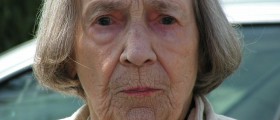
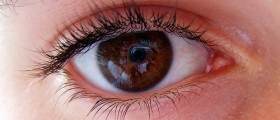

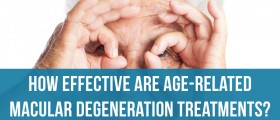
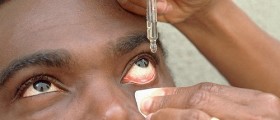


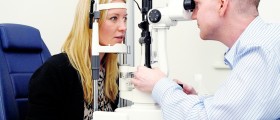
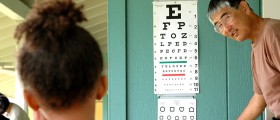


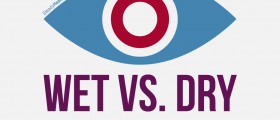
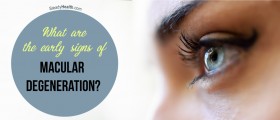
Your thoughts on this
Loading...